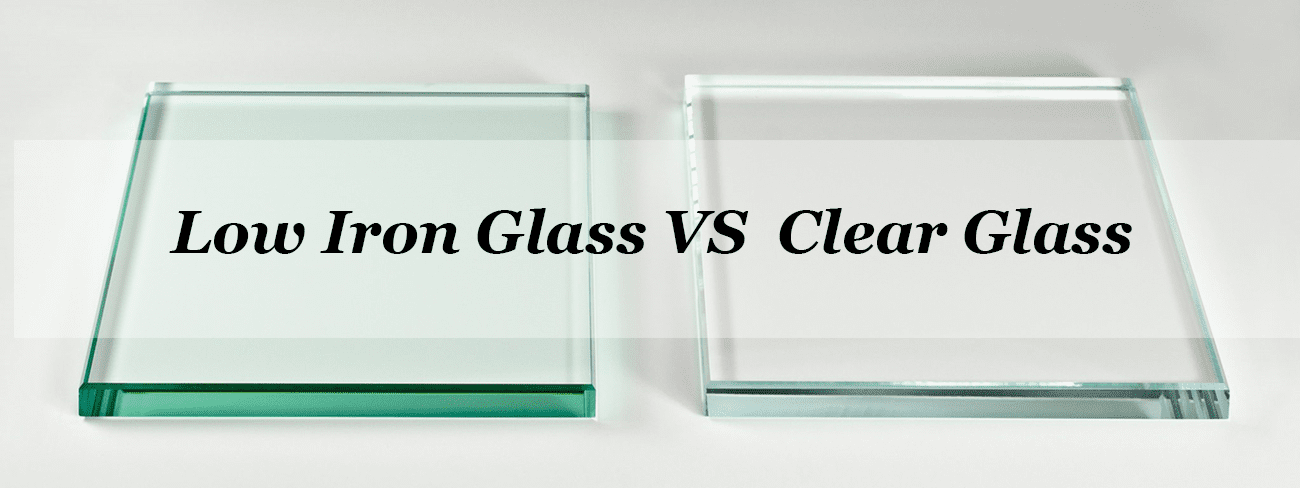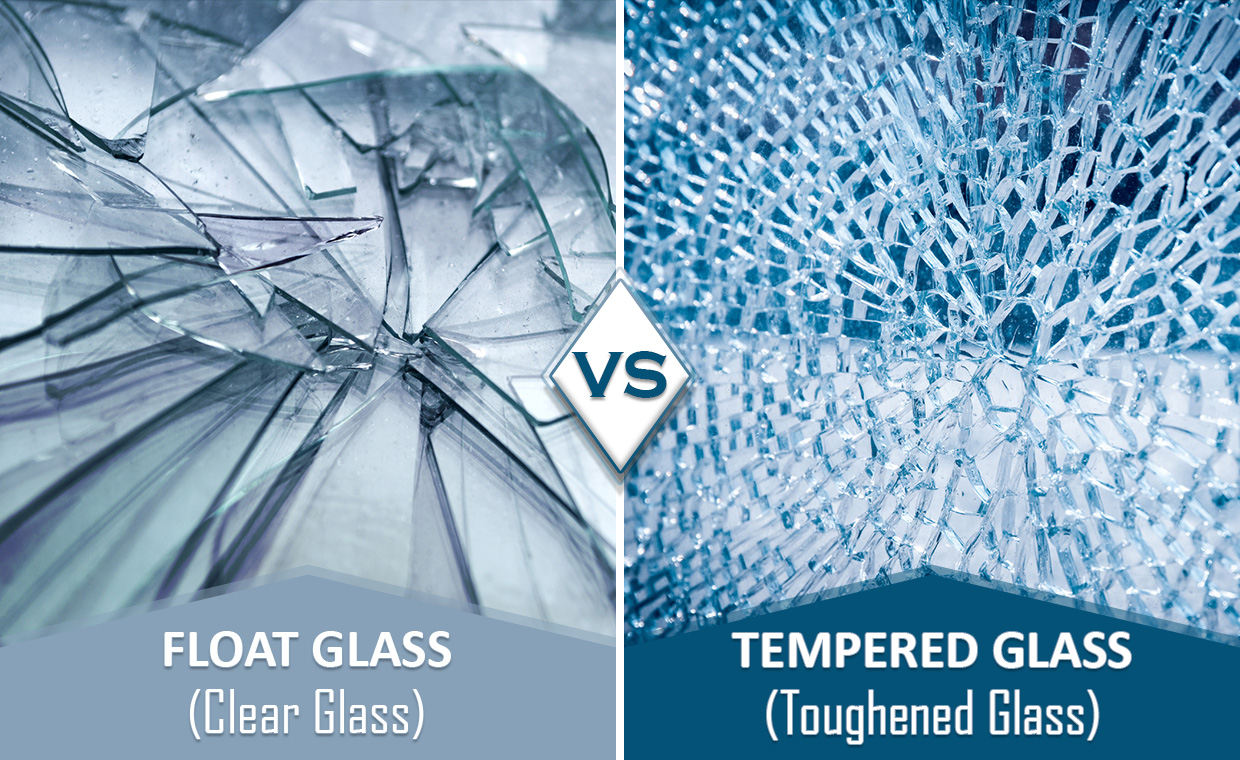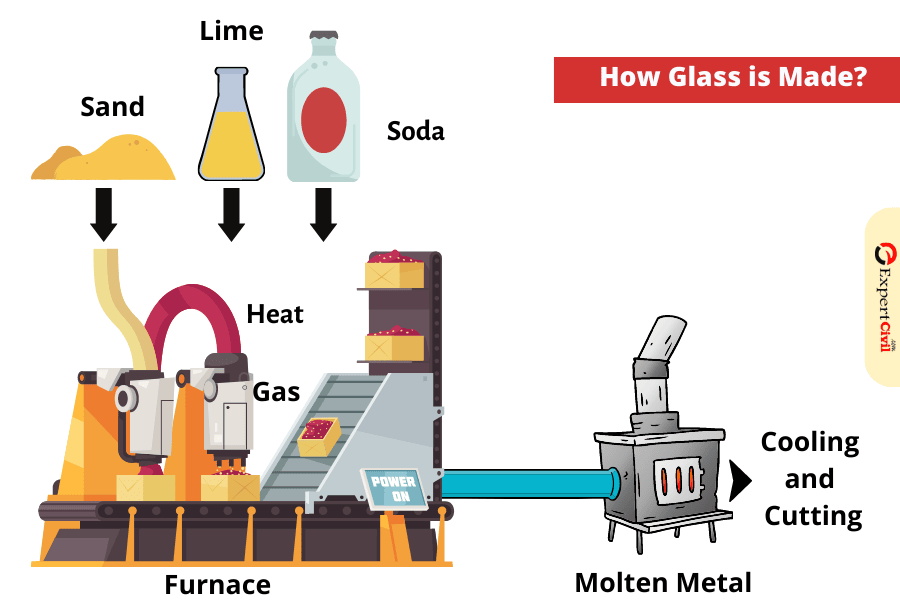In an age where sustainability is more than just a trend but a necessity, the need for eco-friendly alternatives in our daily lives is paramount. One such alternative is the use of glass bowls with lids. These versatile kitchen essentials not only serve functional purposes but also contribute significantly to environmental conservation. This article delves into the various benefits of using glass bowls with lids, highlighting their role in promoting a sustainable lifestyle.
The Environmental Impact of Kitchenware Choices

Every choice we make in our kitchens has an impact on the environment. Traditional plastic containers, while convenient, often contribute to pollution and landfill waste. According to the Environmental Protection Agency (EPA), in 2018, plastic waste accounted for approximately 12.2% of the total municipal solid waste generated in the United States, with only 9% being recycled. In contrast, glass bowls with lids present a more sustainable option. Here’s why:
- Recyclability: Glass is 100% recyclable and can be recycled endlessly without losing quality or purity.
- Durability: Glass bowls can last for years, reducing the need for frequent replacements that contribute to waste.
- Non-Toxic: Glass does not leach chemicals into food, unlike some plastics, making it safer for both health and the environment.
The Benefits of Glass Bowls with Lids

Glass bowls with lids offer numerous advantages that align with sustainable practices. Let’s explore these benefits in detail.
1. Longevity and Durability
One of the most significant advantages of glass bowls is their durability. Unlike plastic, which can warp, crack, or break down over time, glass is resilient. This durability translates to:
- Cost-Effectiveness: While the initial investment may be higher, their longevity means that you won’t need to replace them frequently, saving money in the long run.
- Reduced Waste: Using durable glass containers minimizes the amount of waste generated from discarded plastic containers.
2. Health Benefits

Using glass bowls with lids is not just an eco-friendly choice; it’s also a healthier one. Many plastic containers contain harmful chemicals like bisphenol A (BPA) that can leach into food. In contrast, glass is a non-reactive material, ensuring that:
- No Chemical Leaching: Glass bowls won’t leach harmful substances into your food, making them a safer option for food storage.
- Improved Food Quality: Glass does not absorb odors or flavors, keeping your food fresh and flavorful.
3. Aesthetic Appeal
Glass bowls with lids also score high on aesthetics. They often come in beautiful designs that can enhance the presentation of food. Whether you are serving a meal or storing leftovers, glass bowls can:
- Add Elegance: The clarity and shine of glass can elevate any dining experience.
- Showcase Food: Glass bowls allow you to see the contents, making it easy to identify what you have stored.
Real-World Examples and Case Studies
Numerous brands and individuals are championing the use of glass in their kitchens, showcasing the practical benefits and sustainable impact of glass bowls with lids.
Case Study: The Impact of a Plastic-Free Kitchen
One notable example is the journey of a family who decided to eliminate plastic from their kitchen. By replacing their plastic containers with glass bowls, they reported:
- A significant reduction in their overall waste production.
- Improved food preservation, leading to less food waste.
- A cleaner kitchen aesthetic, as glass bowls are easier to clean and maintain.
This family’s experience exemplifies how simple changes can lead to profound impacts on both personal health and environmental sustainability.
Statistics Highlighting Glass vs. Plastic

To further illustrate the benefits of glass bowls, consider the following statistics:
- According to the Container Recycling Institute, glass containers are recycled at a higher rate than plastic, with about 33% of glass bottles and jars being recycled compared to only 9% of plastics.
- A lifecycle analysis conducted by the Earth Day Network found that glass production creates 29% less air pollution and 36% less water pollution compared to plastic production.
Choosing the Right Glass Bowls with Lids
When selecting glass bowls with lids, it’s essential to consider a few factors to ensure you choose sustainable and functional options:
- Material Quality: Look for borosilicate glass, which is more resistant to temperature changes.
- Type of Lid: Choose airtight lids made from non-toxic materials to ensure food preservation.
- Size Variety: Opt for a set that includes various sizes to accommodate different storage needs.
Eco-Friendly Practices to Complement Glass Bowls

In addition to using glass bowls with lids, adopting other eco-friendly practices can further enhance your sustainable kitchen:
- Composting: Reduce food waste by composting scraps instead of throwing them away.
- Buying in Bulk: Purchase ingredients in bulk to minimize packaging waste.
- Using Cloth Towels: Replace paper towels with reusable cloth towels for cleaning and drying.
In conclusion, the use of glass bowls with lids is a small but impactful step toward a more sustainable lifestyle. By choosing glass over plastic, we can significantly reduce our environmental footprint, improve our health, and enjoy the aesthetic benefits of beautiful kitchenware. As we continue to seek ways to live sustainably, incorporating glass bowls into our kitchens is a practical and stylish choice that aligns with our eco-friendly values. The shift towards glass not only helps in reducing waste but also fosters a healthier home environment, making it a win-win for both individuals and the planet.
